7. Nosferatu (1922)
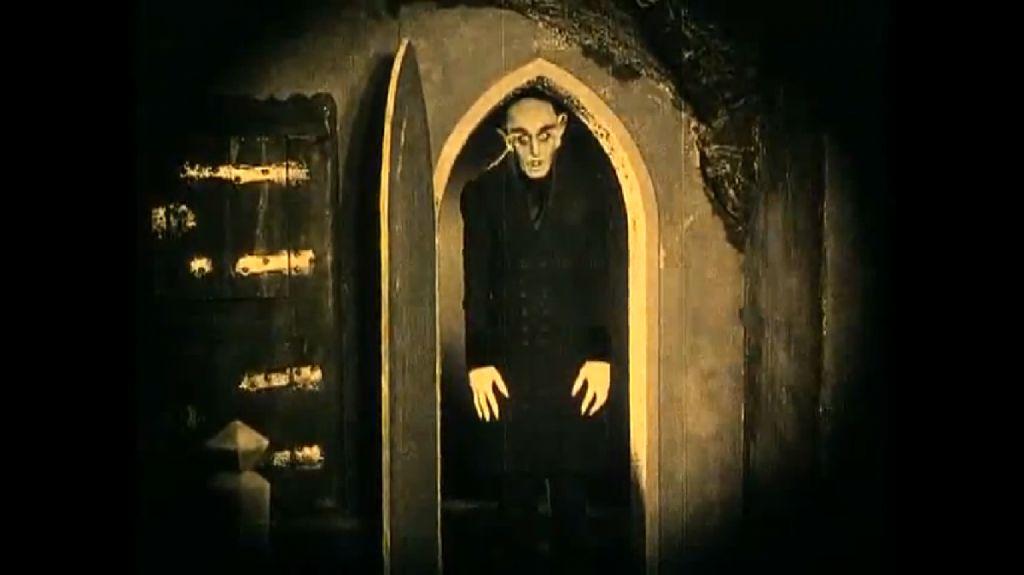
It’s impossible to overstate how iconic Nosferatu truly is; As cinematic vampires go, few are more terrifying, in terms of classic cinema, Nosferatu is one of the greats and within the pantheon of horror, F. W. Murnau’s influence can still be felt in the work of directors almost one hundred years later.
The story of Nosferatu is fairly simplistic, so it’s the visuals that have really stood the test of time, stretching what the medium itself was capable of back in the earliest days of cinema. From the iconic makeup and sinister backdrops to his ingenious use of shadow, Murnau is a master of storytelling, stylising every frame to perfection.
Sure, far scarier movies have since left their mark on cinema, but few have had the same impact as Nosferatu, marrying German Expressionism with one of humanity’s darkest fables to fashion a truly unforgettable, landmark horror.
6. The Cell (2000)
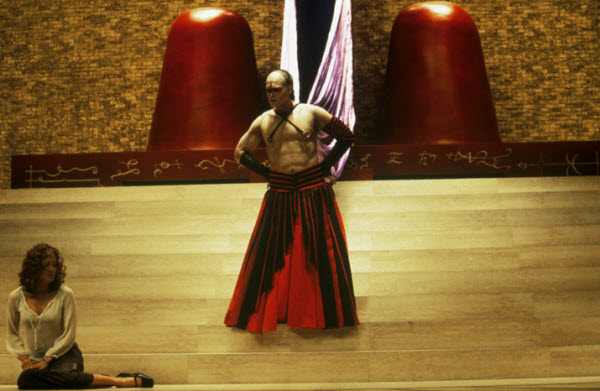
Many of the most visually stunning horror films on this list contain dream-like elements, exploring the darker realms of the human subconscious, but none adopt this approach as literally as The Cell, a movie that physically takes audiences into the mind of a serial killer.
As we journey further inwards, director Tarsem Singh effortlessly switches between different styles, signifying each level of the dreamscape in operatic scope. Disturbing scenes of depravity inevitably occur frequently throughout, but when coupled with such elegant visuals, it’s impossible not to marvel at the artistic merit on display.
It’s a travesty that the acting and the script of the Cell were so poorly executed, because Singh’s eye for visuals alone could have elevated him to the big leagues. Few filmmakers are capable of constructing such intricate worlds, particularly ones so beautifully designed, using bold colours and potent symbolism to horrify and delight in equal measure.
5. Suspiria (1977)

A list like this would possess no merit without the inclusion of Suspiria, a film widely acknowledged as one of the most aesthetically stunning movies ever made, irregardless of genre. Dario Argento forever cemented his place in cinematic history with his work on Suspiria, influencing subsequent filmmakers for generations to come, but failure to overlook Luciano Tovoli’s sublime cinematography would be unforgivable.
As one of the last films shot in Technicolor, Suspiria hearkens from a different era, imbued with a fairy-tale like quality that heightens the supernatural set pieces in vibrant colour. To reflect the dark secrets of the ballet school, Tovoli decided to offset his use of primary colours with complementary colours that contaminated the mundanity of regular shots with sickly hues, symbolising the duality threaded throughout the films narrative.
Detractors point out that Suspiria is not without its flaws, suggesting that the movies messy plotting and telegraphed scares are more reminiscent of B-movie filmmaking, but taken as a purely visual experience, Argento’s finest horror is a masterpiece of world cinema, one that stays with you like an unforgettable nightmare.
4. Let The Right One In (2008)
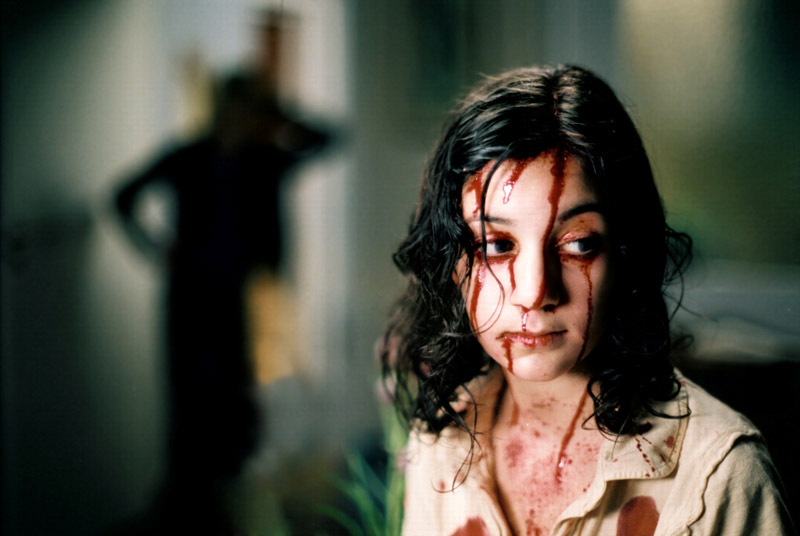
Some horror filmmakers utilise messy, documentary-style visuals to disorient audiences and make the scares more authentically ‘real’, but some of the most effective movies are those that create an artificial sense of order, meticulously planning every frame to the last precise detail. Through the use of symmetry and carefully placed mise en scène, audiences are lulled into a false sense of security, one that is inevitably shattered when the scares disrupt the harmony previously achieved.
Tomas Alfredson’s Let The Right One In is the most powerful example of this in recent memory, purposefully holding back the horror for the majority of its running time to make those few pivotal scenes more effective. As the romance between Oskar and the vampire Eli escalates, the rare glimpses we see of her supernatural world are far more memorable than 99.9% of any other vampire movie.
Who can forget the hypnotic beauty of the flames in the hospital bed or how the boys severed head drifted across the screen at the end, falling to the bottom of the pool? In anyone else’s hands, these graphic moments could have seemed gratuitous, but Alfredson’s minimalist approach captures a beauty rarely found in gory films.
3. Under The Skin (2013)
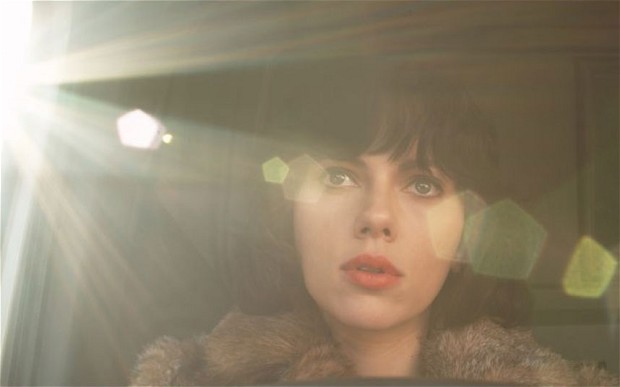
Hidden camera movies typically look sloppy and lack that special cinematic quality. Under The Skin is not your typical film though. Admittedly, many scenes of Jonathan Glazer’ extraordinary film were also shot in plain sight, but even those captured on the move retain the wild beauty that can be found throughout the landscape of Scotland.
This was achieved in large part by a new type of camera called a OneCam, which Glazer developed specifically for Under The Skin. The new equipment is small enough to use clandestinely, yet still shoots high quality footage.
Whether shot in remote beaches, urban streets or wild forests, Under The Skin is consistently beautiful to behold, yet never more so than in the detached black space that Scarlett Johansson’s character lures men to. The contrast between the natural beauty of the Scottish Wilderness and the stark negative space of the alien’s lair is astonishing, making these horrific scenes all the more disturbing.
2. The Cabinet Of Dr. Caligari (1920)
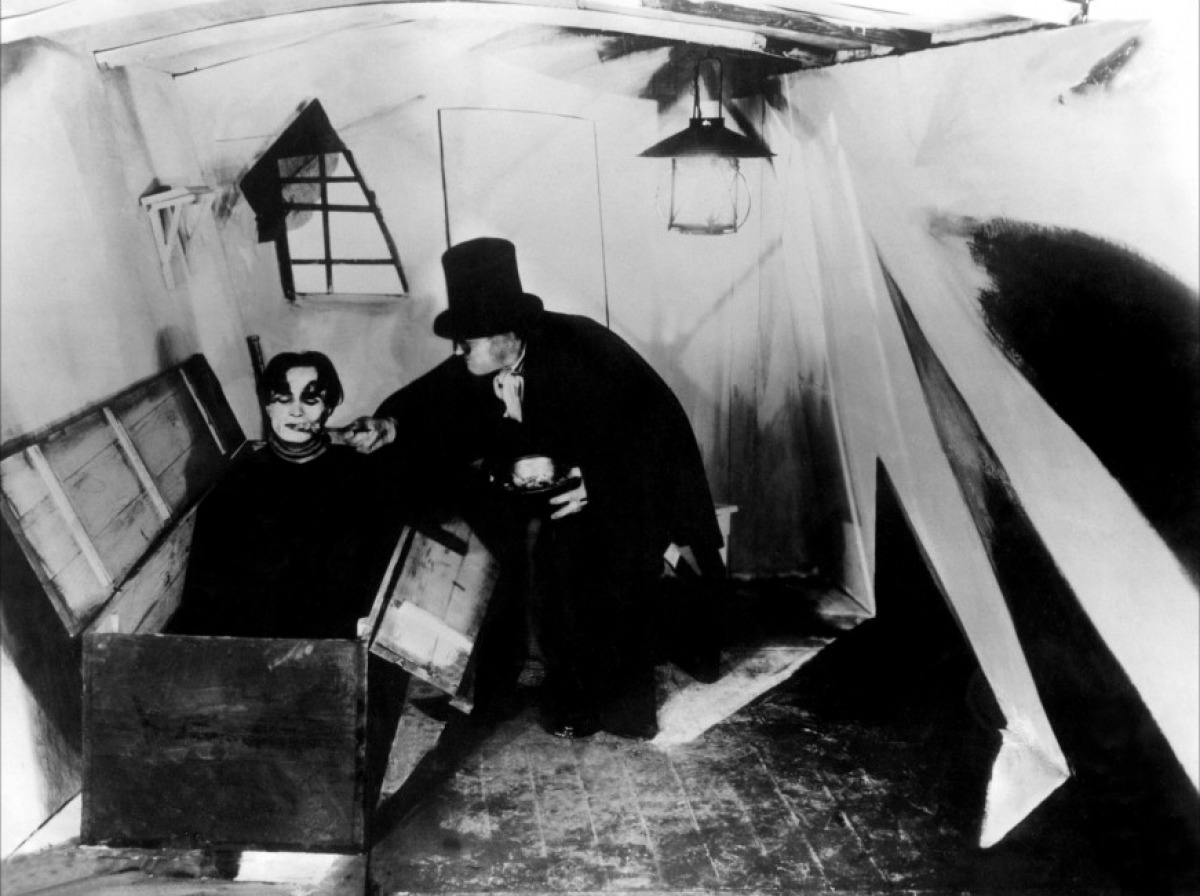
At its purest, German Expressionism revels in distorting everyday scenarios into the macabre, literally twisting the physical space to create dreamscapes born of psychotic nightmares. It’s impossible to measure the impact that this movement had on cinema, opening the eyes of audiences and filmmakers alike to the true potential of the medium, moving beyond realist features to something far bolder.
The Cabinet Of Dr. Caligari may not have been the first film born of this stylistic movement, but it’s certainly the most impressive, vividly bringing the surrealism of artists like Salvador Dali to life. Few films have been able to capture the inner workings of the mind like Robert Wiene’s most celebrated movie, where the sets alone seem to terrorise the characters through their bizarre proportions and otherworldly dimensions.
Many have compared The Cabinet Of Dr. Caligari to surrealist paintings, but such a comparison denies the film its singularity. Almost a century has passed since the films release, but to this day, no other piece of art looks quite the same as this extraordinary masterpiece.
1. The Shining (1980)
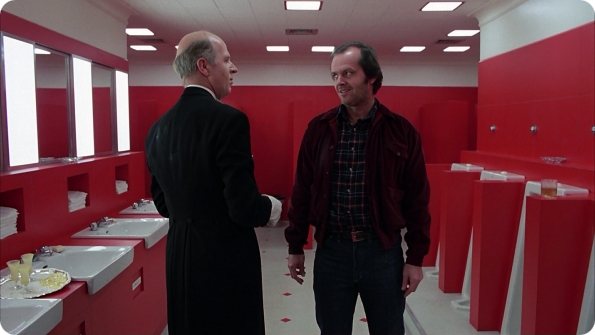
Despite only directing one horror movie in his lifetime, Stanley Kubrick is an undisputed master of the genre. Scratch that. Stanley Kubrick is an undisputed master of cinema, a filmmaker whose contribution to the medium is almost unparalleled. More than perhaps any other director, Kubrick elevated filmmaking into an art form.
One of Kubrick’s crowning achievements is The Shining, a film that was critically derided upon its release, but has since become a definitive movie in the horror canon. The original author Stephen King was one of the films most vocal detractors, but even he had to admit that the film was jaw-droppingly beautiful, stating that:
“There’s a lot to like about it. But it’s a great big beautiful Cadillac with no motor inside. You can sit in it, and you can enjoy the smell of the leather upholstery – the only thing you can’t do is drive it anywhere. So I would do everything different.”
Regardless of your own thoughts on King’s opinion, it’s hard to deny that there is indeed a lot to like, or even love about The Shining. The production design in particular plays a huge part here, from the decor of the hotel rooms to the labyrinthine maze used in the films climax, but that’s not the only reason why The Shining was eventually elevated to classic status.
Few films possess the meticulous attention to detail that Kubrick brings to his work. The Shining is infamous for its breathtaking wide shots, exemplified best by the opening where the Torrance’s car winds its way up the mountain, but the true beauty lies in the fine details. There’s even an entire documentary dedicated to deciphering hidden clues behind the meaning of The Shining, constructing fan theories based purely on minuscule details such as the carpet patterns and the artwork hung in each room.
The documentary Room 237 may take its scrutiny of The Shining to the extreme at times, but the film’s very existence says more about the emotional impact of Kubrick’s work than a thousand articles ever could. From the symmetry of each carefully composed shot to the chilling beauty of the hotel itself, The Shining is easily the most beautiful horror movie ever made.
Author Bio: David is a primary school teacher who tries his best to turn every math lesson into a discussion on the latest Pixar film. In his spare time, David writes freelance articles for a number of sites, covering everything from superheroes and zombies to Studio Ghibli and Xavier Dolan movies. To read more of his work, follow David here on Twitter.